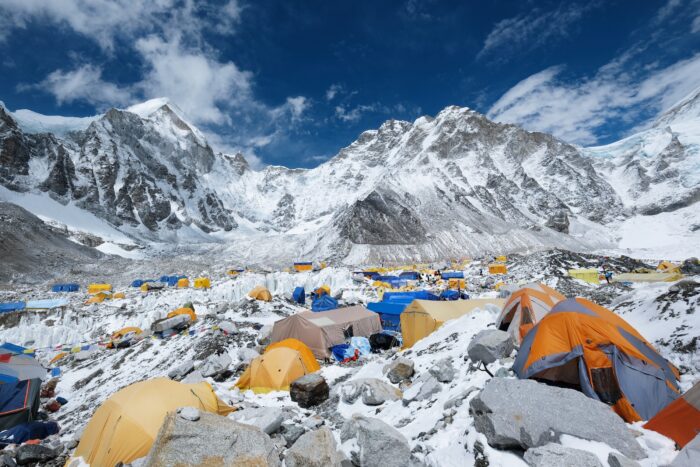I loved the original Evolv Zenist, which was touted as an indoor bouldering and training shoe. The new Zenist Pro and Zenist Pro LV (low volume) promised boosted performance and Evolv’s new EvoWrap technology. I was excited to feel the effects.
Evolv sent the Zenist Pro and Zenist Pro LV to me a few weeks before this week’s launch. The brand touted them as the “ultimate shoe for volumes and competition climbing,” similar to the original Zenist. I tested them over six training sessions on my home Moonboard, as well as a Kilter Board and at a competition-style climbing gym, for this First Look review.
In short: The Zenist Pro and Zenist Pro LV proved to be great fitting, powerful, and supportive shoes with just enough sensitivity for high-end bouldering. They excelled at pulling and edging on holds appropriately sized for harder bouldering. They have more structure than a slipper but maintain enough sensitivity for precise footwork and competent smearing at steep angles.
- Upper material: 100% vegan synthetic
- Midsole: 1.0mm EvoWrap
- Outsole: TRAX SAS
- Sizes: US men's 7.5-12.5/women's 8.5-13.5, medium and low-volume versions
Pros
- EvoWrap improves fit and power without relying on slingshot rand tension
- Fits "duck feet" remarkably well
- Excellent edging and pulling power
- Excellent toe hooking
Cons
- Not as sensitive or compliant as slippers
- Heel may come up high in the back for some
The Zenist Pro Fit

Great for ‘Duck Feet’
Evolv EvoWrap Improves Fit

Zenist Pro LV Fit

Performance on the Boards and at the Gym

It’s Not a Slipper

Edging and Pulling Powerhouses
Performance on Volumes, Heel Hooks, and Toe Hooks

Conclusions on the Zenist Pro and Zenist Pro LV












